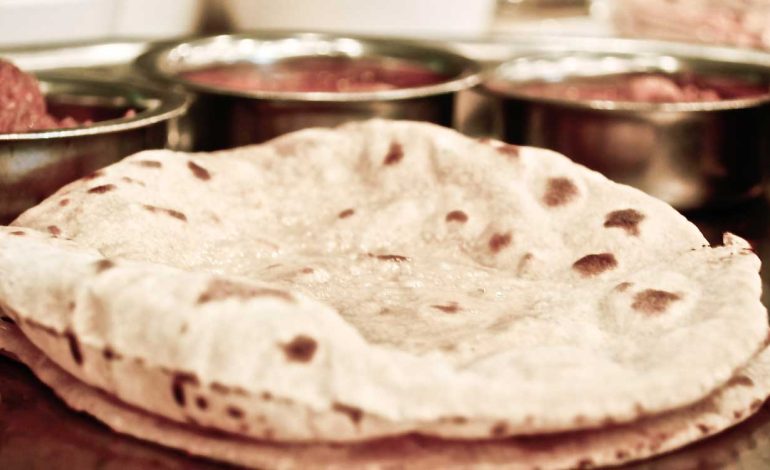Mauritius is a paradise for the senses, not only for the eyes with its beautiful landscape, but also for the palates. Gastronomes will find a variety of flavours and aromas on the island, inherited from the different migrations throughout its history.

Culinary traditions from France, India, China, and Africa, the best-known and most appreciated cuisines in the world, have been passed on through generations. The day of a Mauritian starting with a continental breakfast, followed by an Indian lunch, and finishing off with a Chinese dinner is a common cliché.
Mauritius has strong ties with French culture through its history, which have left a very French style of “savoir vivre.” French dishes like the daube, civet de lièvre, or coq au vin served with good wine bear the testimony of these traditions. As the years passed, some adapted to the more exotic ingredients of the island to confer some unique flavour.
During the 19th century, after the abolition of slavery, Indian workers who migrated to Mauritius brought with them their exquisite cuisine. Those indentured labourers came from different parts of India, each with their own culinary tradition, depending on the region.
The extensive use of spices like saffron, cinnamon, cardamom, and cloves is a common ingredient that provides some powerful yet subtle flavours. There is also extensive use of dals, vegetables, beans, and pickles to accompany the dishes. Dholl puri and roti, originally an Indian delicacy, have become the fish and chips of Mauritians. Biryani, from Mughal origins, is a dish prepared by the Muslim community with meat mixed with spiced rice and potatoes.
The end of the 19th century saw the arrival of Chinese migrants, who came mostly from the south-eastern part of China. They originated mostly from the Cantonese region, which has the best reputation in Chinese cuisine for its variety and sophistication. Chinese dishes appeal to the senses through colour, shape, aroma, and taste. This tradition of excellence has been preserved and, as such, has conquered the tables of all the other communities.
Even if the Chinese community is one of the smallest, its cuisine is the most present in the restaurants around the island. Fried noodles, rice, chop suey, and spring rolls are eaten by everyone. Other such delicacies, such as shark fin or abalone soup, can only be found in specialised Chinese restaurants.
Over the years, each community has adapted and mixed each other’s cuisine to their liking, which has resulted in a Mauritian cuisine. This can be seen in Creole cuisine, which is a blend of different ingredients and flavours. The ever-present creole rougaille is served with a number of achards (pickles) or dals and rice of Indian origin. There have also been some changes during the last twenty years with the arrival of some fast foods: burgers, pizza, and chips. Anyone visiting the island should try a pair of dholl puri with a large glass of alouda or tamarind juice to have a genuine taste of Mauritius.


